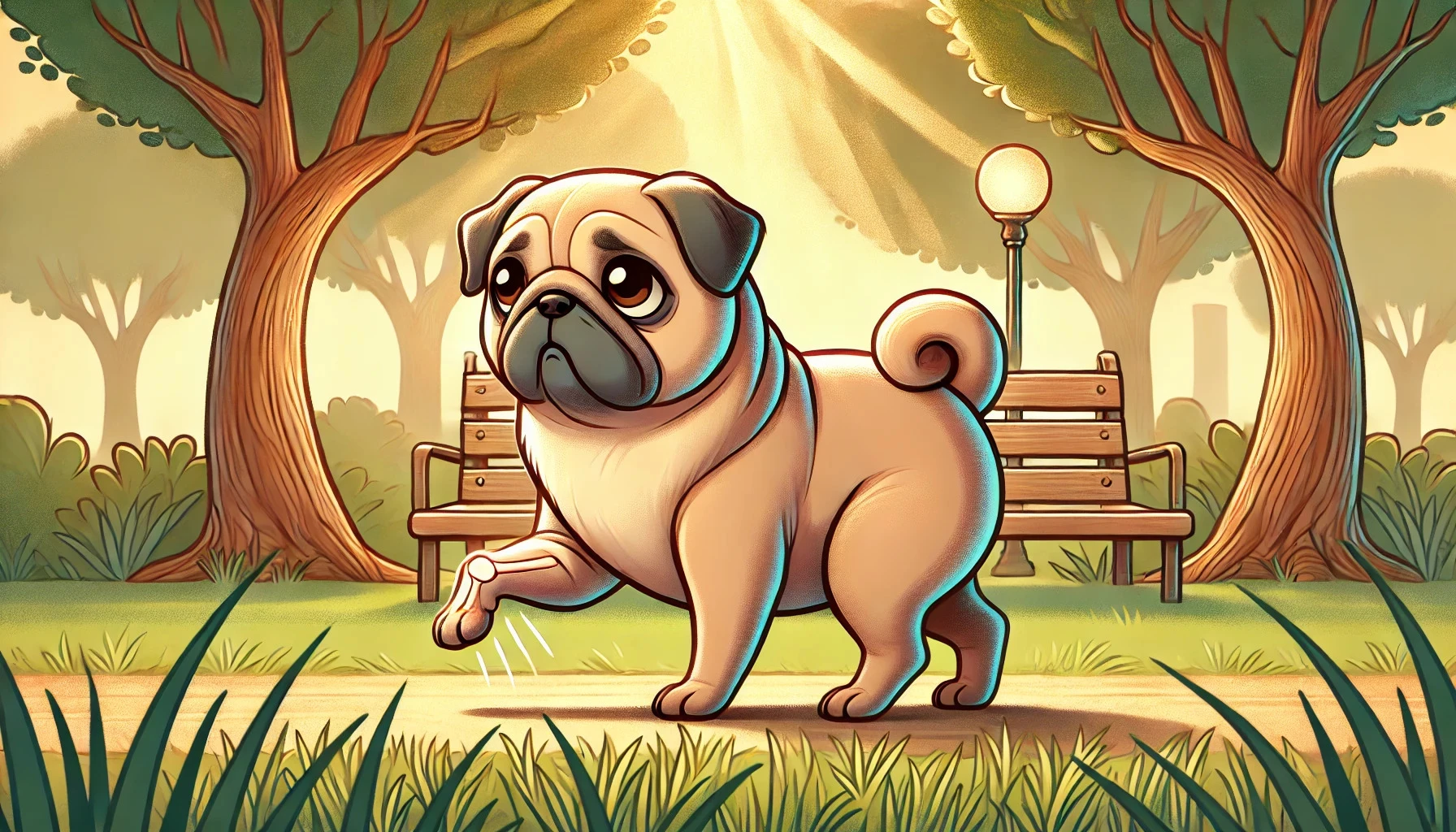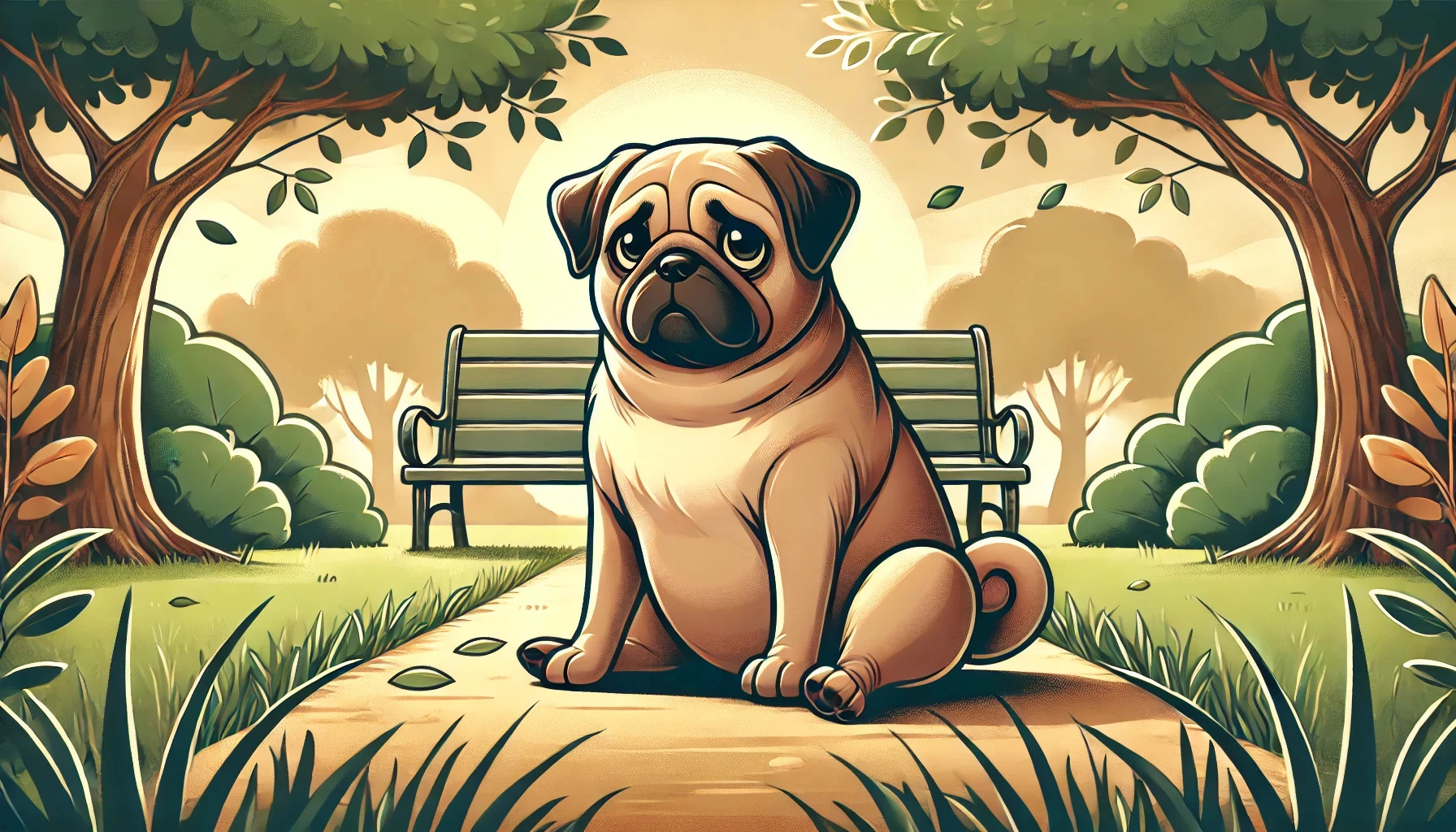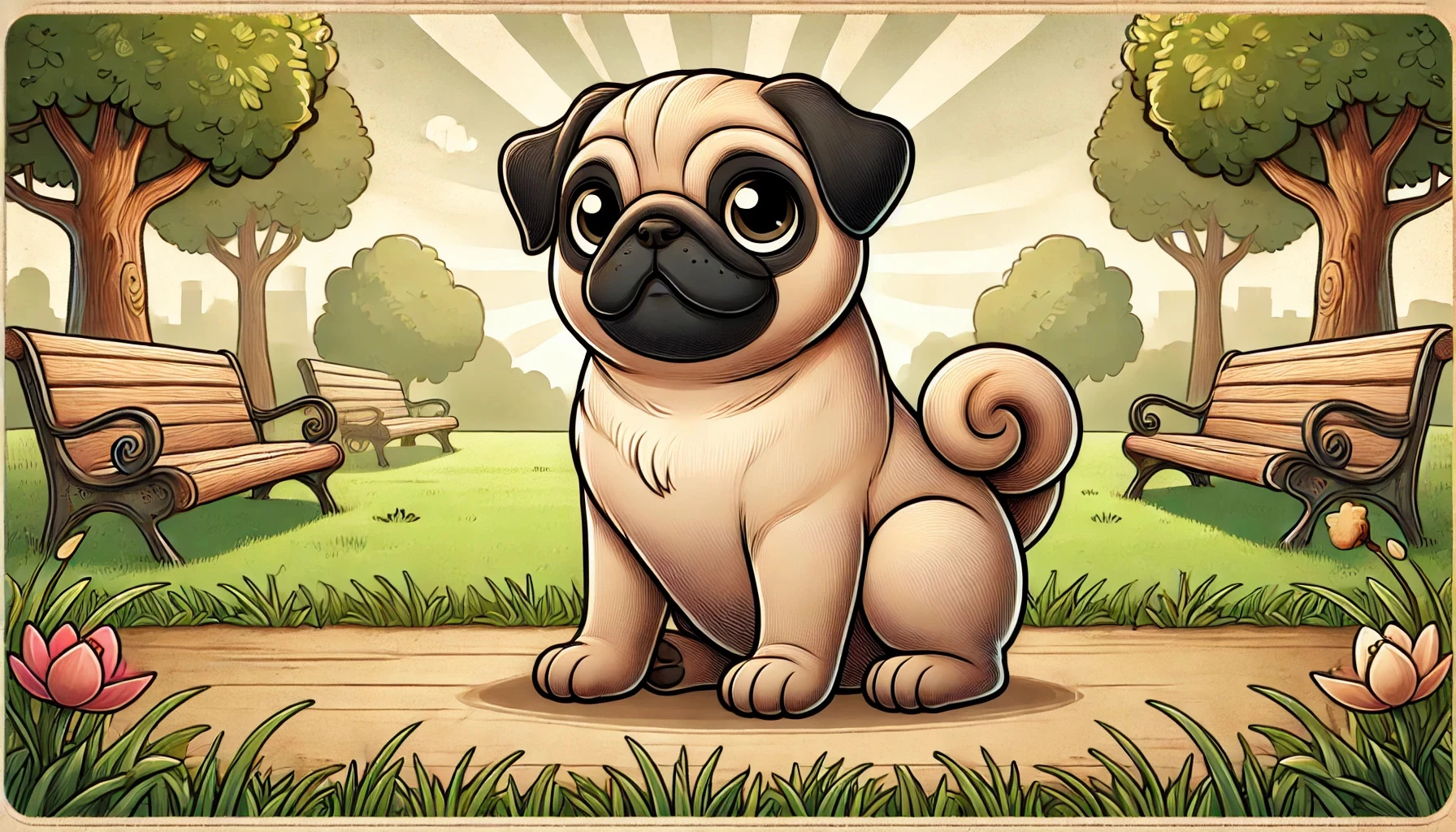On this page
Could Aging Be Affecting Your 11-year-old Pug’s Mobility?
Yes, an 11-year-old Pug may experience difficulty walking due to age-related health issues. Pugs, cherished for their playful nature and endearing looks, often encounter challenges as they grow older. Their compact bodies and brachycephalic (flat-faced) structure make them prone to certain conditions that affect mobility.
Dietary adjustments become crucial as your Pug ages. Foods rich in omega-3 fatty acids and joint-supporting nutrients like glucosamine and chondroitin can help alleviate mobility issues. Understanding the root cause behind your Pug’s walking difficulties is essential to improve their quality of life.
For more tips visit our page Dosty.co.
Could Joint Problems Be Affecting Your Pug’s Walking?
Yes, joint issues like arthritis are common in older Pugs and can significantly impact their ability to move.
What Joint Problems Are Common in Senior Pugs?
Arthritis: Causes stiffness and pain in the hips, knees, and elbows.
Hip Dysplasia: A genetic condition that worsens with age.
Luxating Patella: A condition where the kneecap slips out of place.
Dr. Emily Carter, a veterinary specialist, explains, “Pugs are prone to joint issues due to their stocky build. Early intervention can help improve their mobility.”
Ways to Manage Joint Problems:
Include supplements like glucosamine and chondroitin in their diet.
Encourage low-impact activities, such as slow walks or swimming.
Provide orthopedic bedding for extra comfort.
Discover joint health solutions for senior Pugs on Dosty App.

Could Obesity Be Making Walking Difficult for Your Pug?
Yes, being overweight is a major factor in walking difficulties for senior Pugs.
How Does Obesity Affect Pug Mobility?
Increased Joint Strain: Extra weight puts pressure on joints, worsening pain.
Reduced Stamina: Obese dogs tire more quickly, leading to inactivity.
Chronic Inflammation: Fat tissue produces inflammatory compounds, worsening joint problems.
Dr. Jason Hunt notes, “Keeping a senior Pug at a healthy weight can significantly reduce strain on their joints and improve their overall mobility.”
Tips for Weight Management:
Switch to a low-calorie senior dog food.
Limit treats and opt for healthier options like carrots or cucumbers.
Introduce gentle exercises to maintain weight without overexertion.
Could Neurological Issues Be the Cause for Your Pug?
Yes, neurological disorders may also lead to walking difficulties in older Pugs.
What Neurological Conditions Affect Pugs?
Intervertebral Disc Disease (IVDD): Can cause spinal cord compression, leading to weakness or paralysis.
Degenerative Myelopathy: A progressive condition that affects the spinal cord.
Nerve Damage: Often linked to trauma or age-related degeneration.
Dr. Sarah Green states, “Signs like dragging feet, stumbling, or weakness in the hind legs should prompt immediate veterinary attention.”
How to Support a Pug with Neurological Issues:
Use a harness instead of a collar to avoid neck strain.
Consider physical therapy or water therapy to strengthen muscles.
Monitor their mobility closely and consult a vet for treatment options.

Could Aging Alone Be the Culprit for Your Pug?
Yes, natural aging reduces strength, stamina, and flexibility in dogs, making walking more challenging.
How Does Aging Affect Pugs?
Weakened Muscles: Older dogs lose muscle mass, which impacts mobility.
Reduced Joint Flexibility: Decreased joint lubrication leads to stiffness.
Lower Energy Levels: Aging slows metabolism, causing fatigue during physical activity.
Dr. Lauren Scott remarks, “While aging is inevitable, proactive care can help manage its effects on your dog’s mobility.”
Steps to Improve Quality of Life:
Schedule regular vet checkups to monitor health.
Provide a balanced diet rich in nutrients tailored for senior dogs.
Ensure their living environment is free of obstacles to prevent slips and falls.
Could Pug’s Unique Structure Be to Blame?
Yes, the Pug’s compact build and flat face can contribute to walking difficulties.
How Does a Pug’s Structure Impact Mobility?
Short Legs: Increased strain on joints due to their body-to-leg ratio.
Brachycephalic Traits: Breathing difficulties can reduce stamina and energy.
Curled Tail: Associated spinal deformities may lead to hind limb weakness.
Dr. Anna Brooks advises, “Pug owners should be mindful of how their dog’s unique anatomy affects their mobility, especially in later years.”
How to Address These Issues:
Avoid overexertion during walks or playtime.
Use a well-fitted harness to distribute pressure evenly.
Focus on strengthening exercises that don’t strain their body.

Conclusion: Prioritize Your Pug’s Comfort and Mobility
Walking difficulties in an 11-year-old Pug are often due to joint issues, obesity, neurological problems, or simply aging. Identifying the underlying cause and implementing targeted care can significantly improve their mobility and overall quality of life.
Partner with Dosty App to give your Pug the best care possible.

